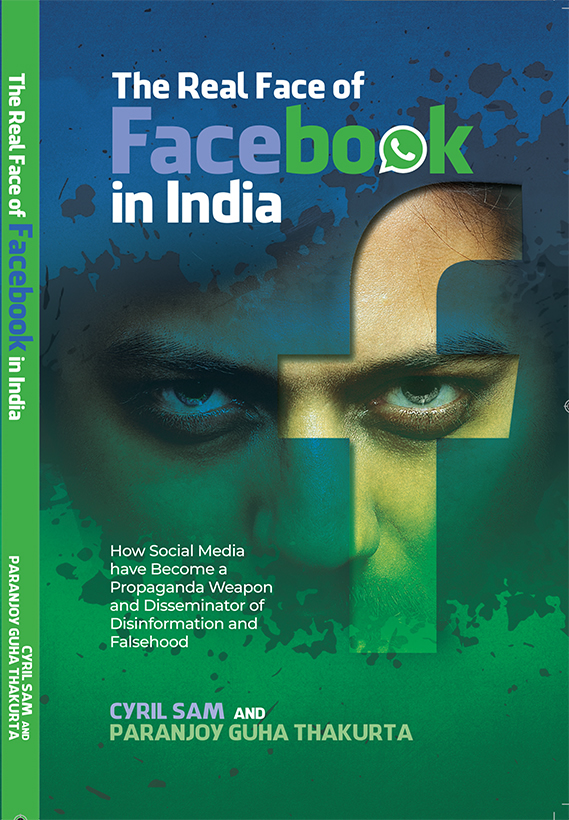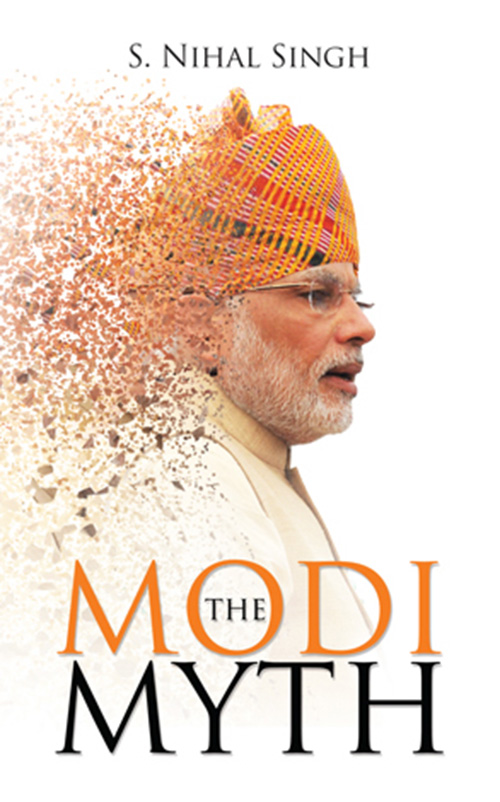A bureaucrat, sometimes described as a civil servant, is, more often than not, a sophisticated slave of his political masters. Not all are, however, equally supine. Among them, a minority displays a strong spine. The privileged lot belonging to the elite IAS who are supposed to hold up the proverbial “steel frame” of the country, are a mixed bunch of the subservient (the majority) and the rebellious (a few). The author of the book under review may consider himself as belonging to the latter category. Or he may not. One does not know. But the important question is: who or what is he rebelling against? Is it particular individuals or is it the system and its structures?
We Also Make Policy: An Insider’s Account of How the Finance Ministry Functions
By Subhash Chandra Garg
HarperCollins India
Price: Rs.799
Pages: 494
The garam masala in the book written by Subhash Chandra Garg, former Secretary, Department of Economic Affairs, Ministry of Finance, who was one of India’s most powerful civil servants, has already been much publicised through extracts published in various media outlets: his breathtaking account of how Finance Minister Nirmala Sitharaman took an intense dislike to her seniormost bureaucrat in North Block, eventually leading to his early retirement from the civil service; how former Home Secretary R.K. Singh, who later became Union Power Minister, was a socialist of sorts because of his support for public sector corporations in his Ministry, or so Garg would have us believe; and, most sensationally, how Prime Minister Narendra Modi compared the then Governor of the RBI, Urjit Patel—who was unwilling to part with the Central bank’s reserves for use by the allegedly profligate Indian government—to a snake zealously guarding his stash of gold.
Wait. There is much, much more in the book. For those interested in traversing the labyrinthine ways in which policies are made and unmade, policies that exert great influence on the working of the Indian economy, including agriculture, manufacturing, the corporate sector, the share markets, the RBI, and the Securities and Exchange Board of India, this nearly-500-page book is a treasure trove of information, sprinkled with gossip. Over and above serious discussions on policies and programmes that shape our economy, this tell-all, no-holds-barred book contains innumerable anecdotes about how Ministers and bureaucrats protect their turf, backstab one another, malign compatriots above and below them in the hierarchy, and conduct unseemly tussles to remain in power. The author is entitled to disagree with this description and argue that the positions he took in his career were not just principled but in the interest of the nation at large.
Be that as it may, what he has recounted, often in excruciating detail, sometimes papers over the bigger picture and omits important contextual details. Here are two examples. At the fag end of his career, Garg is asked to be part of a “roving inquiry” against the then Election Commissioner Ashok Lavasa, his wife, and son. He writes that he provided a clean chit to Lavasa and “could not find any instance of undue influence exerted by” him. What Garg does not write is that Lavasa was hounded out of his post and kicked upstairs, that he refused to attend meetings of the three-member Election Commission because his views on the alleged violations of the Model Code of Conduct by Modi and the then president of the BJP Amit Shah were not recorded, and that all these unprecedented developments had taken place during the 2019 general election.
Garg was a key player in the developments that led to the Adani group getting the contract to operate six airports in the country despite not having any prior experience in this sector. He emphasises that the “integrity of the bid process was completely unquestionable” and that “nothing was done to favour [the] NIIF [National Investment and Infrastructure Fund] or Adani”. He details how a “scorching pace” was set to privatise the airports, ignoring precedents and, importantly, the views of officials who worked under him in the Department of Economic Affairs (DEA), as well as in the NITI Aayog. While getting into the nitty-gritty of how this decision was taken at the height of the pandemic, Garg does not mention that the government amended the law governing the Airports Economic Regulatory Authority, and the elephant in the room: the proximity of the head of the Adani Group to the Prime Minister of India.
On several occasions, Garg comes through as a bundle of contradictions. With only a degree of exaggeration, one can write that he seems to be a gung-ho economic “liberaliser”, a firm believer that Nehruvian-style socialism and the public sector have become irrelevant, that the $10 trillion economy is more than an “arithmetic inevitability” and that what the country needs is more privatisation and a bigger dose of free enterprise capitalism. That is not all that one found in the book that was difficult to digest and reconcile with the prevailing reality.
The author is largely uncritical of Prime Minister Modi, including his most disastrous decision to demonetise more than 80 per cent of the currency in circulation in November 2016. He criticises certain consequences of demonetisation but, in the opinion of this reviewer, not stridently enough. Furthermore, Garg is an andh bhakt (blind follower) of Arun Jaitley—no words of praise suffice for the late Finance Minister as far as he is concerned. The former Finance Secretary is also effusive in his praise for two of India’s most powerful bureaucrats, former Principal Secretary to the Prime Minister Nripendra Mishra and P.K. Mishra. At the same time, Garg diligently records all the occasions Nripendra Mishra chided him for being an upstart and for creating controversies in the corridors of power. He names his juniors who he disparages, which some would say is in poor taste.
Interestingly, Garg acknowledges his gratitude to E.A.S. Sarma, who held the post of Finance Secretary much before him and who also took early retirement from the IAS, for bringing him to the Department of Economic Affairs. Sarma, now a social activist struggling to uphold the rights of the underprivileged and hold accountable the most powerful in the country, could not be more different than most of the serving or retired civil servants referred to by Garg in his book.
The juiciest parts, camouflaged in dense bureaucratese, are about his interactions with the top brass of the RBI then led by Urjit Patel. These have been elaborated on in more than a chapter, one aptly titled “‘Raiding’ RBI’s Reserves”. Even juicier are the sections that relate to how Finance Minister Nirmala Sitharaman evidently took an almost-instant dislike to him. The many stories about how Garg and Sitharaman interacted with each other, in private and in meetings in the presence of many others, reveal as much about the author as they do about our Finance Minister.


